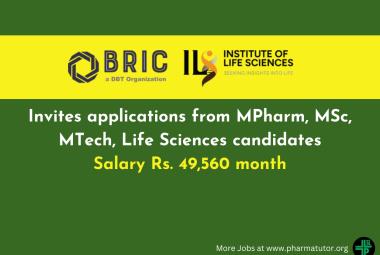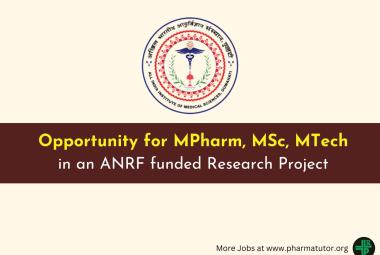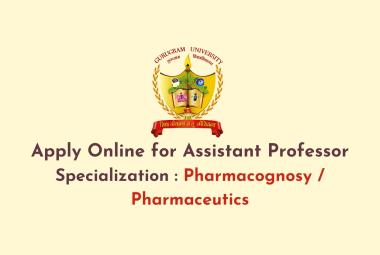Cholinergic drugs
Ach is a neurotransmitter presence in CNS, ANS & SNS.

- Synthesis of Ach begins from the pyruvate which is obtained from the mitochondria. Pyruvate is converted in to acetyl CoA, which is further reacted with the choline which is, enters in to the cytoplasm of axon with active transport along with the sodium ion.
- This acetyl CoA & choline reacted to form Ach in the presence of the enzyme, choline-acetyl transferase. Ach is chemically trimethylamine-ethylacetate. It stored in to the synaptic vesicles and in the presence of Ca+2 the merge of the vesicle with the axoplasmic membrane occur which causes release of Ach by exocytosis.
- After release of Ach from the end bulb it acts up on the target receptors like nicotinic & muscarinic. Ach is metabolized by AchE enzyme presence near by the synapse.
ACTION OF Ach ON THE BODY:-
CVS:
The heart containing M2 type of receptors which decrease the rate of conduction in the specialized tissue of SA node, AV node and decrease force of contraction .
Many ant arrhythmic are act through the cholinergic vagul stimulation still the Ach is not given systematically (The drug given by I.V. in small doses causes decrease in BP due to vasodilatation and large doses are required to elicit bradycardia.) But large doses of Ach after administration of atropine block the receptor of the Ach and free Ach direct stimulates release of catecholamine .
Ach hyperpolarizes SA node and decreases the depolarization of nodal cells. So, rate of impulse generation is decreases and lead to bradycardia.
Ach decreases conduction velocity of impulse transfer at AV node and increase RP force of contraction of atria and ventricle decreases.
The BV like salivary gland, some part of skin contain cholinergic nerve ending still the most of the BV of the body are dilated, this is because Ach inhibit the effect of the catecholamine release and also due to release of endothelium derived relaxing factor (EDRF) NO. NO is responsible for BV dilation.
SMOOTH MUSCLE:
It contracts the smooth muscle through the action of M3 receptor.
It increases the peristaltic movement in gut and urethra and relaxes the sphincter of the gut and evacuation of bowel is carried out through it.
In the asthmatic patient, it causes more lethal condition by constrict the bronchioles smooth muscle.
Contraction of circular muscle of iris and ciliary muscle ANS decrease intra-ocular pressure.
SKELETAL MUSCLE:
It effect on the skeletal muscle is depends on the rout of administration.
The intravenous injection of the Ach have no effect in the body, this is due to presence of Ach E in to the plasma which null the presence of Ach in the body and also by hydrolysis. But in high dose can cause twitching and fasciculation.
The effect on skeletal muscle is due to Nm type of receptor.
CNS:
Ach can not penetrate BBB itself and exert the effect on the brain and s.cord. They stimulate the brain and followed by depresses it, if there is any damage to BBB. Some cholinergic drug can penetrate the BBB like arecoline.
It stimulate the autonomic neurons in both sympathetic and parasympathetic nervous system.









